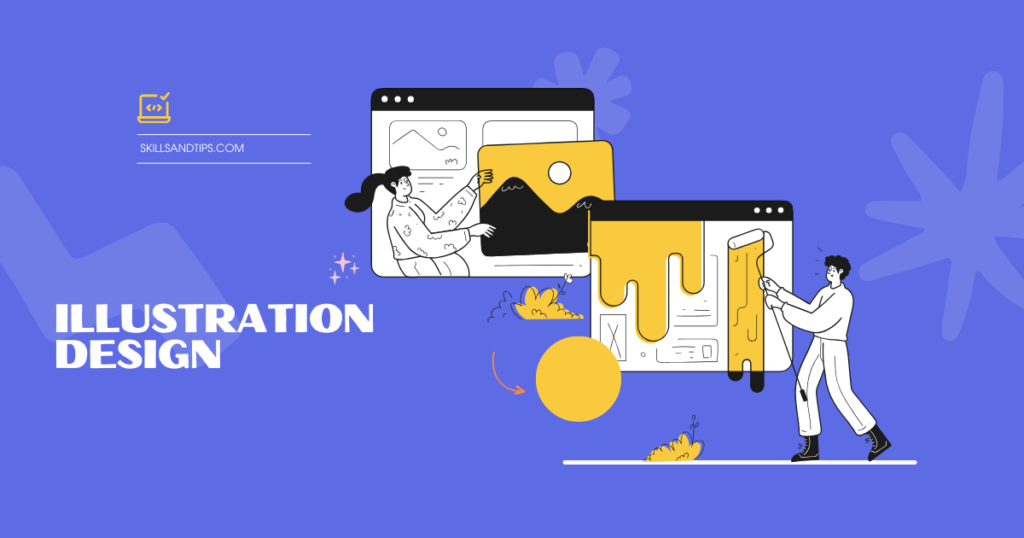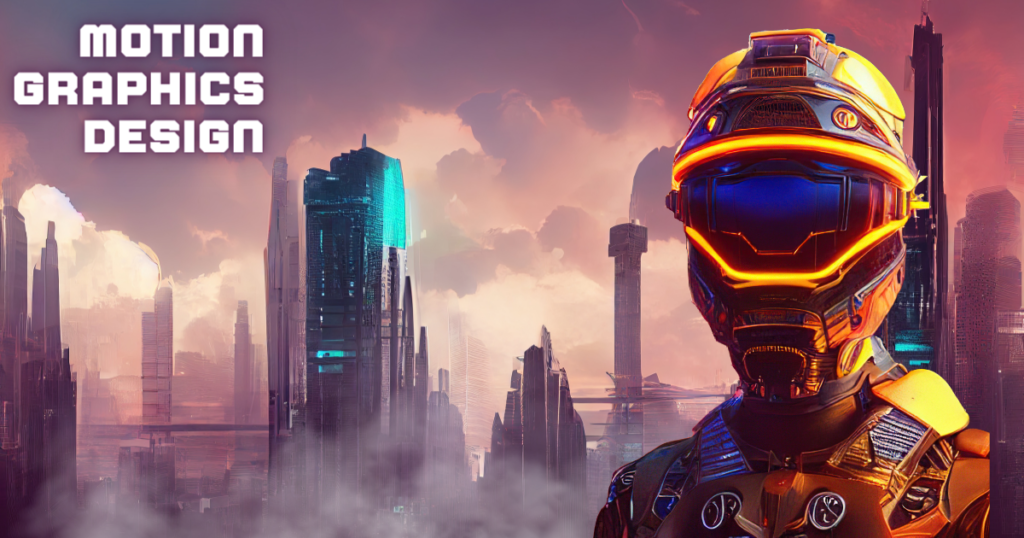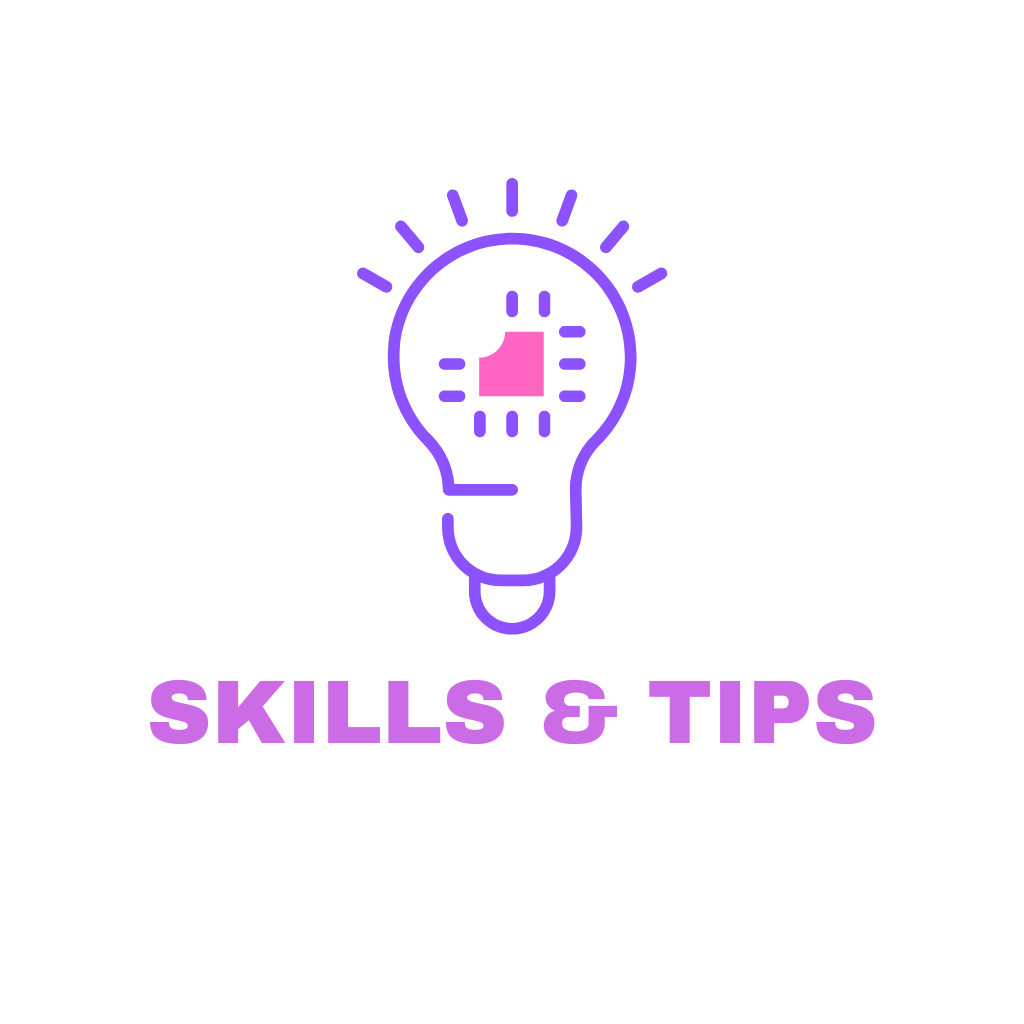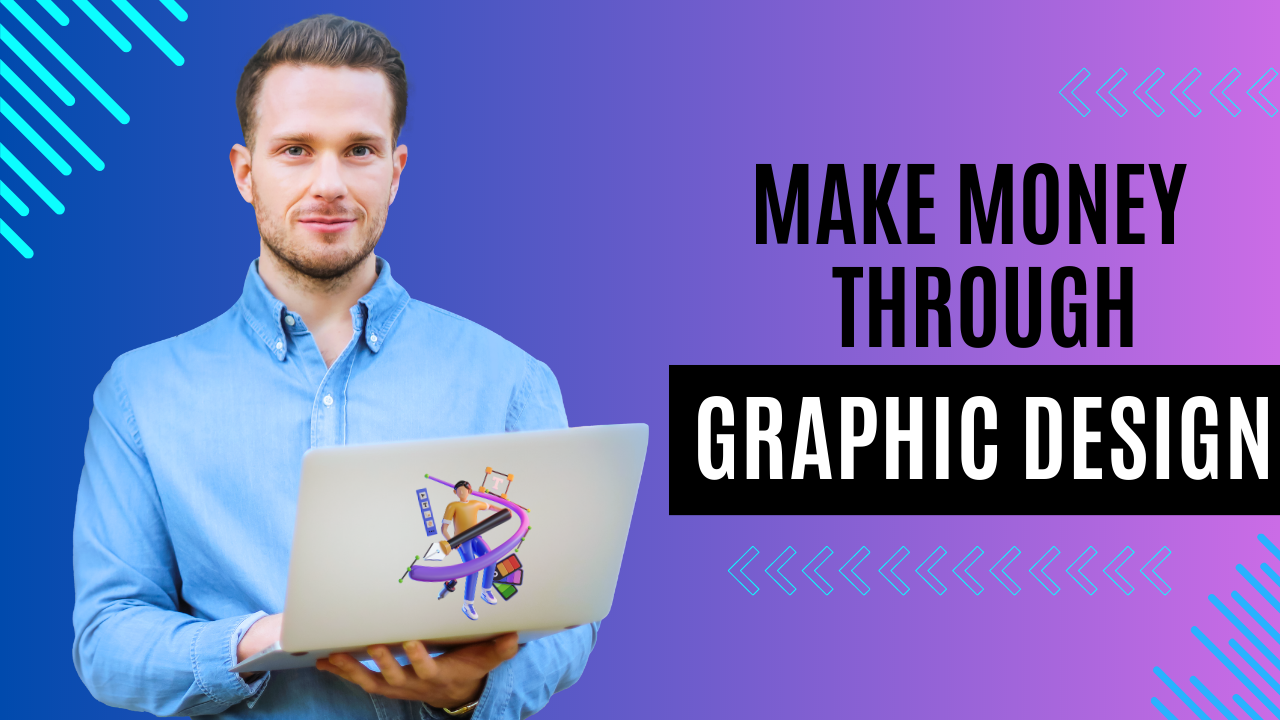Graphic Design is a skill where professionals and experts create visual content to communicate messages. Graphic design takes graphical and textual principles and implements them into multiple types of media. Graphic design can be utilized by companies to promote and retail products through advertising, by websites to transfer complicated information in a digestible way through infographics, or by companies to develop an identity through branding, among different goods.

The basics and principles of graphic design include line, color, shape, space, texture, typography, scale, dominance and emphasis, and balance. Together, they work to produce visually charming work that conveys communication. Having a Graphic developer produce or name the right trademarks, images, illustrations, or layout for your creative stuff will generate visual thickness for your company across all of the different channels it uses to interact with customers. Good graphic design will make a company more visible in the business.
Table of Contents
Types of Graphic Design
Website Design

- Creating icons and buttons
Icons and buttons serve as navigational tools, enhancing user proficiency on a website. When designing icons and buttons, it’s dynamic to consider their goal and placement. Incorporating intuitive designs that align with your site’s theme and branding can significantly upgrade user engagement. By making secure that your icons and buttons are fluently recognizable and aesthetically pleasing, guests will be furthermore likely to navigate through your website, pitching into its success.
- Creating images, illustrations, and other graphics
You can make eye-catching images, illustrations, and graphics, that can effectively transmit your communication and magnetize your audience. Beginner designers should explore the feast of design tools available to produce visually attractive graphics that align with their website’s niche or target. From exercising graphic design software to employing online resources, elevating your website’s visual appeal will really make it stand out among competitors.
- Creating videos and gifs
The power of videos and gifs in providing engaging content cannot be understated. By incorporating videos, you can effectively convey complex ideas, showcase products, or provide tutorials to enhance the user experience. Similarly, gifs can deliver memorable moments or highlight specific features, providing an immersive and dynamic experience for visitors. Ensuring that videos and gifs are properly optimized for web viewing will significantly contribute to the overall success of your online venture.
- Creating colorful interactive design principles on a website
Interactive design principles inject life and interactivity into your website, encouraging users to engage and explore its content. Colorful, vibrant elements on a website can add visual interest and guide visitors towards desired actions. Beginner designers should pay attention to color psychology and choose hues that align with their brand identity and target audience. By incorporating interactive elements such as hover effects, image sliders, or interactive forms, you can significantly improve user engagement and make your website memorable.
Illustration Design

- Create Children’s book design
Illustration design plays a vital part in children’s books, as captivating visuals are essential for engaging immature readers. Through precisely crafted characters, visual landscapes, and impulsive imagery, illustrators have the power to bring stories to life. Beginners can start their journey by getting the fundamentals of illustration, similar as sketching, coloring, and digital methods. By polishing their skills and nurturing creativity, beginners can gradually make captivating children’s book illustrations.
- Create a card and stationery design
The world of card and stationery design offers a myriad of chances to display artistic faculty. Whether it’s designing personalized greeting cards for special moments or stationery that exudes individuality, illustration plays a vital part in making these creations memorable. Beginners can experiment with various styles, colors, and themes to cater to different tastes and occasions.
- Create social media design
Illustrators with a keen eye for design can apply their skills to produce charming visual content for social media platforms. By creating eye-catching graphics, infographics, or indeed animated posts, beginners can contribute to setting up a brand’s online presence and engaging its target audience. developing knowledge of popular design software and staying updated with design trends can help beginners excel in this field.
- Create a T-shirts design
With the rise of print- on- demand services, beginners can design unique, visually striking graphics for T- shirts and sell them online. By blending their illustration skills with an understanding of market trends and target demographics, beginners can generate successful designs that reverberate with clients. Mastery of design software and ways for translating ideas onto fabric empowers beginners to appear their artistic dreams.
User Experience (UX) Design

- Create application design
For beginners seeking to develop user-friendly application interfaces, this section offers valuable insights on UX design practices and techniques specifically tailored for application design
- Create website design
By implementing proven UX design principles, you can create engaging websites that captivate users. We discuss essential factors like intuitive navigation, visual hierarchy, responsive layouts, and compelling content strategies to boost user engagement.
Motion Graphic Design

- Create Video games design
To compete with your competitor in the ever-evolving world of motion graphic design, it’s key to continuously develop your skillset. Keep up with the rearmost trends, software updates, and design methods. Attend workshops, take multiple courses, and embrace new technologies to stay ahead of the game.
Click here to get Free course of Graphic Design
Pros and cons of Graphic Design

Pros of Graphic Design
- Graphic designers earn good salaries and can receive good benefit packages.
- Graphic designers get to use their creative skills.
- Multiple different companies have a need for graphic designers.
- Graphic designers have the potential to work remotely, even if they work for another organization and are not freelancing.
Cons of Graphic Design
- Some graphic design projects have strict deadlines. For example, a customer may need edits to their symbol design by the end of the day. These tight deadlines may affect the worker’s time-operation strategy or work situations.
- Graphic designers make hours on the computer to generate elegant quality products. It may make a big impact on health.
- Graphic design is a hugely competitive field since there are multiple freelance designers.
- Top companies want a degree if you want to work as a graphic developer.
FAQS
Q1: what is the salary of a graphic designer?
Graphic designers generally earn good pay and can take good benefits packages. The graphic designer’s salary is $ 48,350 on average per year. In addition, some common benefits contain paid time off, health insurance, dental insurance, and vision insurance.
Q2: Is graphic design a good business to start?
Whether you are presently working as a graphic designer and required to go freelance, or you are ready to turn your side hustle into your main hustle, innovating a graphic design business is no small assignment. Still, if you are passionate about it — it’s worth the exertion.
Conclusion
Making money online as a beginner may look discouraging at first, but with the right skills, tools, and approach, graphic design can deliver a promising avenue to showcase your creativity and make income. Start your graphic design trip today and unlock the possibility of making money online.

